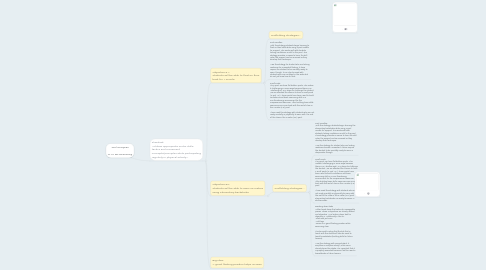
1. Standard: "Utilizes appropriate motor skills, tactics and movement concepts/principles while participating regularly in physical activity."
1.1. Objective #1: Students will be able to float on their back for 1 minute
1.1.1. Scaffolding Strategies...
1.1.2. Pool Noodles: With this strategy, students begin learning to float on their back while using a pool noodle for support. This works well with students lacking confidence or skill in the pool. This strategy provides a means to learn the skill. Later, the support can be removed as they develop their technique. I use this strategy for student who are lacking readiness for unassisted floating. It does require the student to be mentally ready to swim, though. It can also be used with students who are confident in the water but do not yet know how to float.
1.1.3. Small Pools: It my pool, we have flat bottom pools. This makes it challenging in some ways because there is no "shallow end" or a slope to challenge the student. We are afforded the chance to have 2 small pools (3' and 1.5'). These pools have been used to build confidence and basic swimming skills in a non-threatening environment for the inexperienced swimmer. After building basic skills, swimmers can move back with the rest of class in the 2 meter (6.5') pool. I have used this strategy with students who are not ready mentally or physically to swim with the rest of the class in the 2 meter (6.5') pool.
1.2. Objective #2: Students will be able to swim 25 meters using elementary backstroke
1.2.1. Scaffolding Strategies...
1.2.1.1. Pool Noodles: With this strategy, students begin learning the elementary backstroke while using a pool noodle for support. This works well with students lacking confidence or skill in the pool. This strategy provides a means to learn the skill. Later, the support can be removed as they develop their technique. I use this strategy for student who are lacking readiness to swim unassisted. It does require the student to be mentally ready to swim in deep water, though.
1.2.1.2. Small Pools: It my pool, we have flat bottom pools. This makes it challenging in some ways because there is no "shallow end" or a slope to challenge the student. We are afforded the chance to have 2 small pools (3' and 1.5'). These pools have been used to build confidence and basic swimming skills in a non-threatening environment for the inexperienced swimmer. After building basic skills, swimmers can move back with the rest of class in the 2 meter (6.5') pool. I have used this strategy with students who are not ready mentally or physically to swim with the rest of the class in the 2 meter (6.5') pool. Elementary backstroke can easily be swam in shallow water.
1.2.1.3. Breaking down tasks I often break down the tasks into manageable pieces. These 2 objectives are closely related and objective 1 is a broken down task for objective 2. Additionally, I like to: -Start with just arms -Add legs -Focus on a good floating position while swimming slow. It's also worth noting that the kick that is learnt with this stroke will later be used to teach breaststroke (building skills for future lessons). I use this strategy with every student. It simplifies a complex activity. While some already know this stroke, it is important that it is properly executed because it will be used in breaststroke in future lessons.
